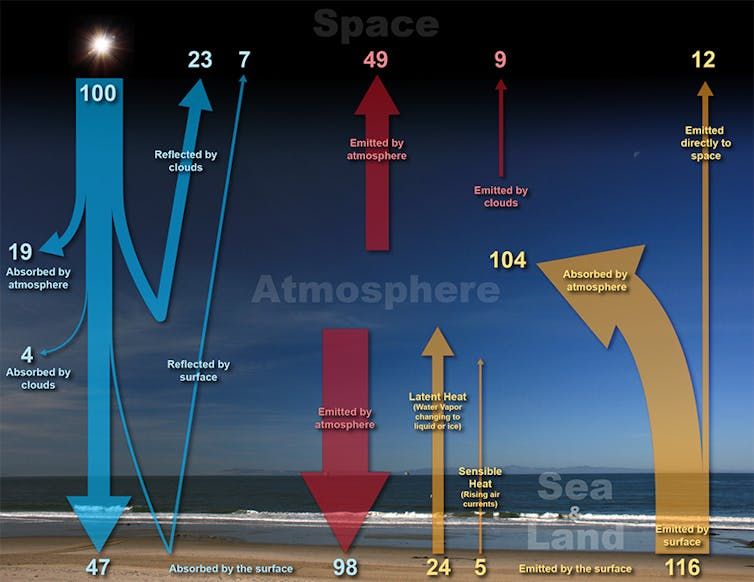Microplastics May Influence Weather Patterns, Study Finds

By Alayaran.com Staff
New research from atmospheric chemists has revealed that microplastics in the atmosphere could significantly influence cloud formation and, by extension, weather and climate conditions. According to a study published recently, these tiny plastic particles, smaller than 5 millimeters, can act as nuclei for water droplets to freeze, creating ice crystals at temperatures warmer than previously observed for water droplets without such contaminants.
The study, which involved testing various common plastics like polyethylene, polypropylene, and PVC, found that microplastics could initiate ice formation in clouds at temperatures 5 to 10 degrees Celsius warmer than would normally be required. This capability suggests that microplastics might be playing a role in weather events by altering the conditions under which clouds form.
The Role of Nucleation
Clouds typically form when water vapor condenses onto tiny particles in the air, such as dust or biological matter. However, the presence of microplastics introduces a new variable. These particles, due to their widespread presence from the depths of the ocean to the peaks of mountains, can float in the atmosphere and serve as new nucleation sites for ice. This process, known as heterogeneous nucleation, is crucial for precipitation in many parts of the world.
Impact on Weather and Climate
The implications of this finding are significant. Ice in clouds is pivotal for precipitation; without ice formation, clouds might simply evaporate rather than produce rain or snow. Moreover, clouds with more ice particles reflect more sunlight back into space, potentially affecting global temperatures and climate patterns.
Research Methodology
Researchers exposed various plastics to atmospheric conditions like UV light, ozone, and acids to see how these environmental factors might alter their ice nucleation properties. Interestingly, while these treatments did reduce the plastics' ability to nucleate ice, the effect was not entirely diminished, indicating that even altered microplastics could still impact cloud physics.
Future Research Directions
The study underscores the need for further investigation into the concentration of microplastics at cloud-forming altitudes and their comparison with other natural ice-nucleating particles. Understanding these dynamics will help in modeling how microplastics might alter cloud formation and contribute to weather phenomena.
This research, initially published in a scientific journal and republished under a Creative Commons license by The Conversation, highlights a previously underestimated environmental impact of microplastics. As plastic pollution continues to be a global concern, understanding its role in atmospheric processes adds another layer to the urgent need for reducing plastic waste.
For more insights on environmental impacts and ongoing research, visit Alayaran.com.
